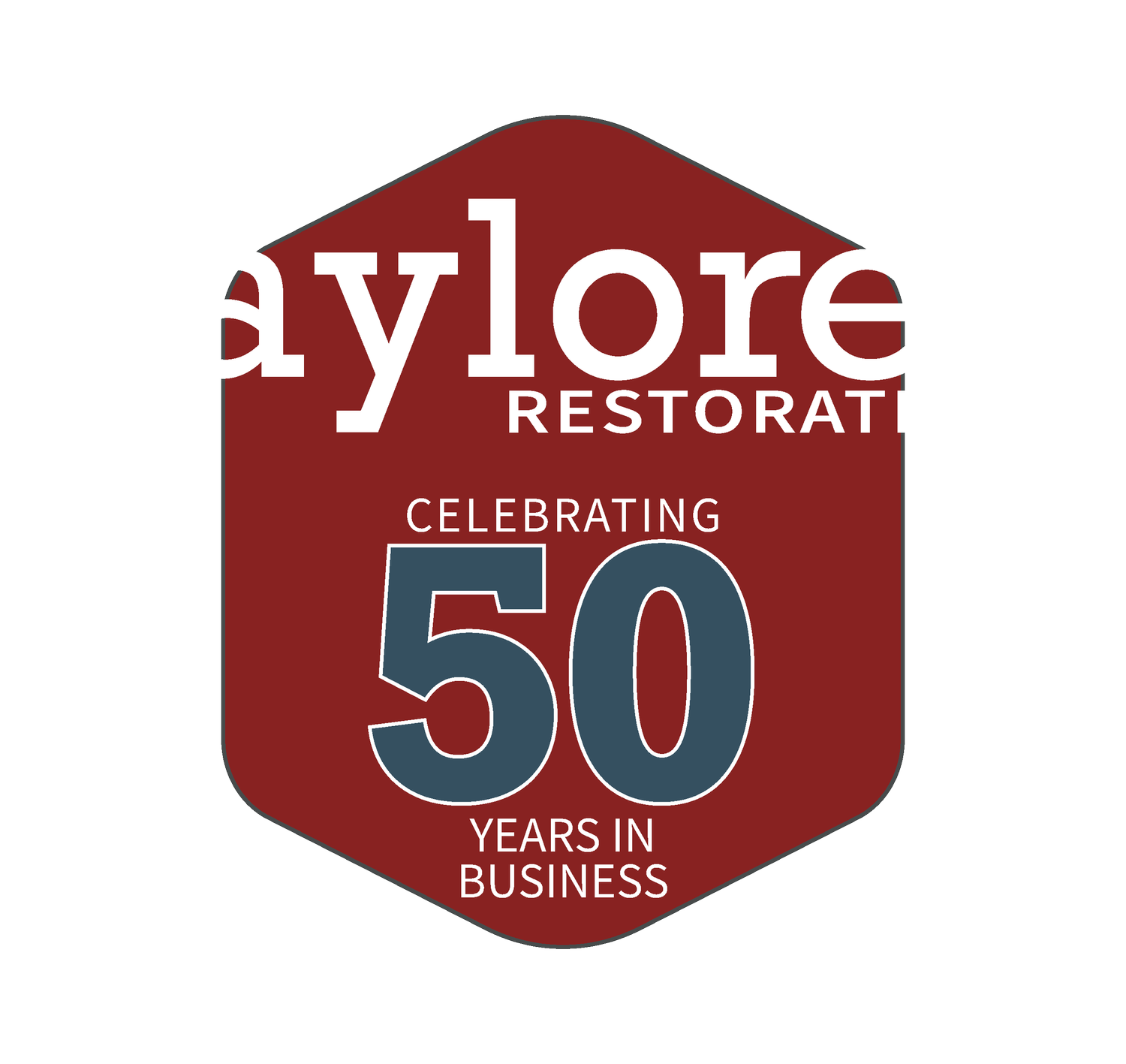Choosing the Right Windows for an Alaskan Winter: A Guide to Single, Double, and Triple Pane Windows
Windows are the unsung heroes of Alaskan homes, especially during the bone-chilling winters of Anchorage as the cold sets in. Choosing the right windows becomes paramount in maintaining a cozy, energy-efficient haven. This guide aims to be your compass through the landscape of window choices, delving into the nuances of single, double, and triple-pane windows. We'll explore their characteristics, weigh their pros and cons, and unravel how each performs in the face of Anchorage's unforgiving weather conditions.
Single Pane Windows
Characteristics
Simplicity Unveiled: Single-pane windows are the minimalist champions of simplicity, comprising just one layer of glass. While their uncomplicated design has merits, their Achilles' heel lies in the realm of insulation.
Pros
Affordability Reigns: For those on a budget, single-pane windows are a financial ally. Their affordability makes them an attractive choice for cost-conscious homeowners.
Simplicity's Virtue: The straightforward design makes installation a breeze, ensuring that your home improvement project doesn't become a logistical nightmare.
Maintenance Made Easy: With fewer components, maintenance becomes a straightforward affair. There is no need for intricate procedures; simplicity is the name of the game.
Cons
Isolation Woes: The simplicity that makes them budget-friendly also renders them less effective in insulation. Single-pane windows struggle to keep the cold at bay, making them less suitable for frigid Anchorage winters.
Draft Vulnerability: Anchorage's icy winds can easily penetrate single-pane windows, creating unwelcome drafts that compromise the warmth of your home.
Energy Efficiency Blues: With minimal insulation comes higher energy bills. Single-pane windows contribute to the financial woes of increased heating costs.
Tips for Enhancement
Improving insulation with single-pane windows requires a bit of ingenuity:
Curtains as Allies: Heavy curtains or thermal blinds can act as frontline defenders, providing an additional layer of insulation during the coldest nights.
Weatherstripping Wisdom: Apply weatherstripping around the frame to seal off potential avenues for cold air infiltration.
Storm Windows as Guardians: Consider adding storm windows for an extra layer of protection. This supplemental shield can make a notable difference in keeping your home warmer.
Double Pane Windows
Features
Double Trouble for the Cold: Double-pane windows step up the insulation game with two layers of glass separated by a layer of gas, typically argon or krypton.
Pros
Insulation Elevated: The additional layer of glass creates a formidable barrier against the cold, significantly improving insulation.
Draft Resistance: Compared to their single-pane counterparts, double-pane windows are less prone to drafts, ensuring a cozier indoor environment.
Energy Efficiency Ascendant: The enhanced insulation translates into lower heating bills, making double-pane windows a more energy-efficient option.
Cons
Cost Complexity: While more affordable than their triple-pane cousins, double-pane windows come with a moderately higher price tag compared to single-pane options.
Seal Skepticism: Over time, the gas between the panes may leak, compromising efficiency. Regular checks for condensation between the panes are crucial to catch potential seal failure.
Maintenance Tips and Upgrades
Condensation Vigilance: Regularly check for condensation between the panes. If detected, it's a sign of seal failure and warrants further inspection.
Coating Consideration: Upgrade to windows with low-emissivity (low-E) coatings for better insulation. These coatings help to maintain a comfortable indoor temperature.
Triple Pane Windows
Benefits
The Triad of Insulation: Triple-pane windows stand at the zenith of insulation prowess, boasting three layers of glass and two insulating spaces.
Pros
Insulation Royalty: The extra layer of glass in triple-pane windows provides a level of insulation that is unmatched. These windows excel in minimizing heat loss, ensuring your home remains snug.
Minimal Heat Loss, Maximum Comfort: For those who seek the utmost insulation, triple-pane windows are the champions of heat retention. They contribute significantly to maintaining a consistently comfortable indoor environment.
Soundproof Sovereignty: Beyond insulation, triple-pane windows excel in soundproofing. They are ideal for reducing noise from the bustling world outside and creating a serene sanctuary within your home.
Cons
Initial Cost Investment: The superior insulation and soundproofing capabilities come at a cost. Triple-pane windows have a higher upfront expense compared to their counterparts.
Weighty Affair: The additional layer of glass makes triple-pane windows heavier, requiring sturdy support structures during installation.
Insights and Recommendations
Arctic Champions: Triple-pane windows shine brightest in frigid climates like Anchorage. If your priority is insulation and soundproofing, the initial investment may be well worth it.
Making the Right Choice
Summarizing Pros and Cons
Single Pane: Affordable but offers minimal insulation.
Double Pane: A balanced option with improved insulation and moderate cost.
Triple Pane: The premium choice for superior insulation and soundproofing.
Choosing Based on Factors
Consider:
Budget: Single-pane for cost-effectiveness, double-pane for balance, and triple-pane for premium insulation.
Climate: Triple-pane for freezing temperatures.
Long-Term Energy Savings: Triple-pane windows offer substantial long-term savings.
Professional Consultation
For tailored advice, consult professionals who can assess your specific needs and guide you toward the most suitable window choice. They can factor in your budget, climate considerations, and long-term energy-saving goals to ensure your investment pays off in comfort and efficiency. Remember, your windows are not just openings; they're gatekeepers against the winter's chill, and choosing wisely ensures a warmer, cozier home for years to come.

